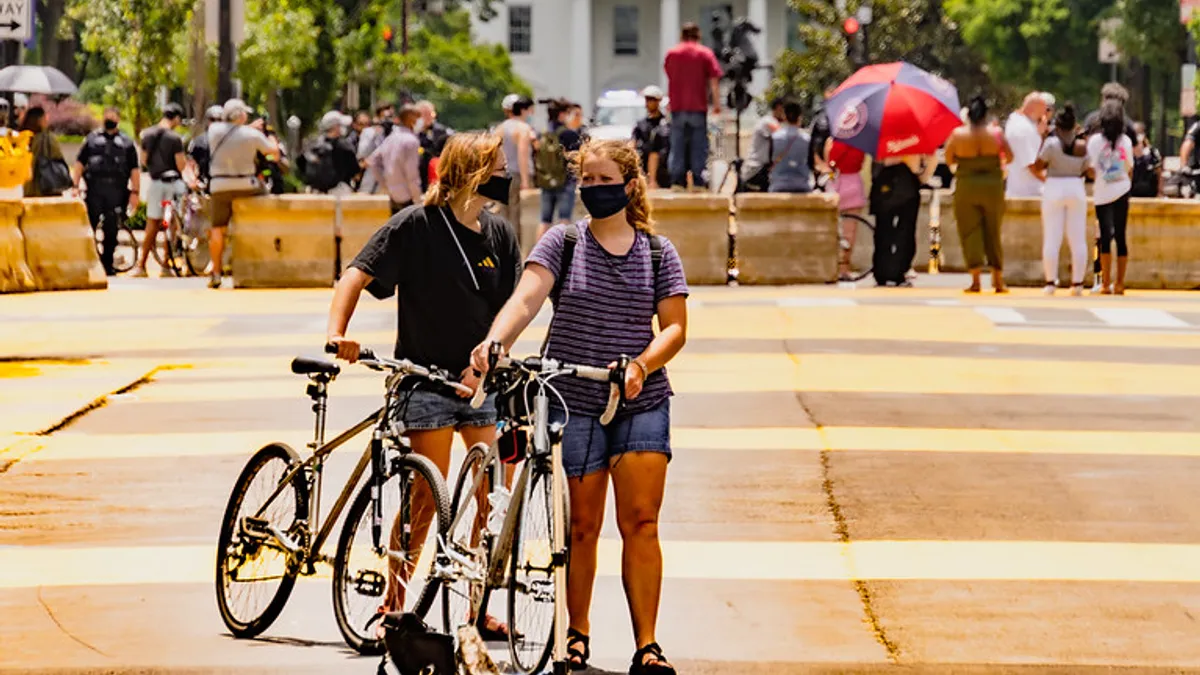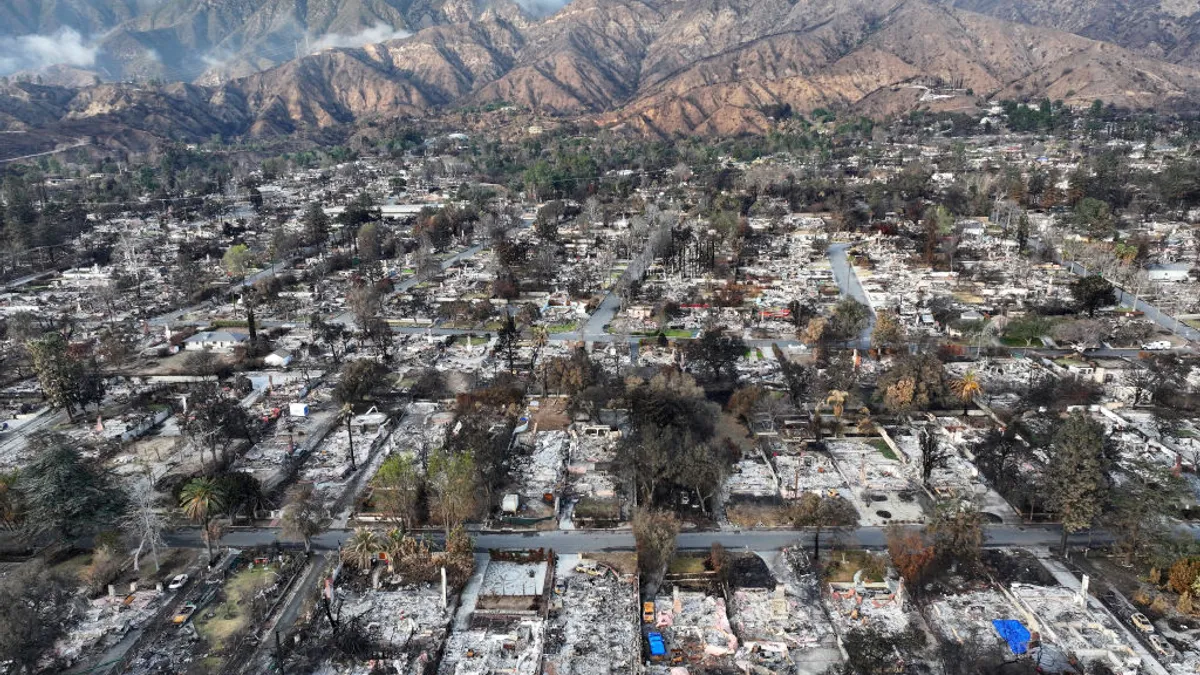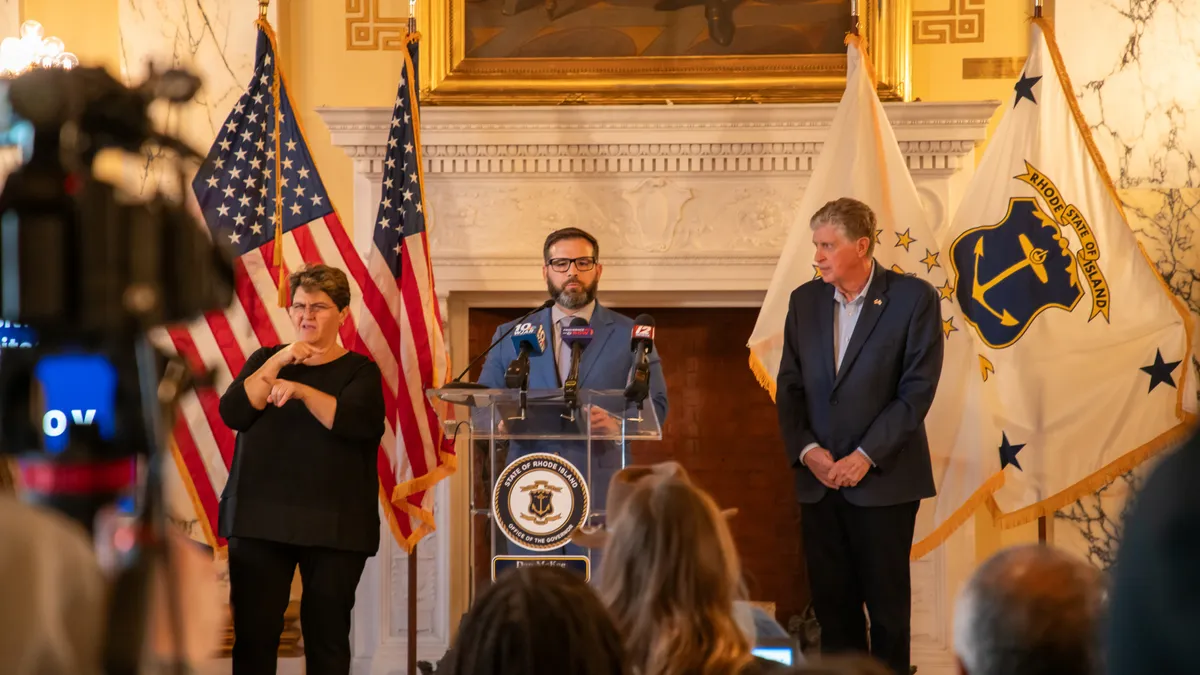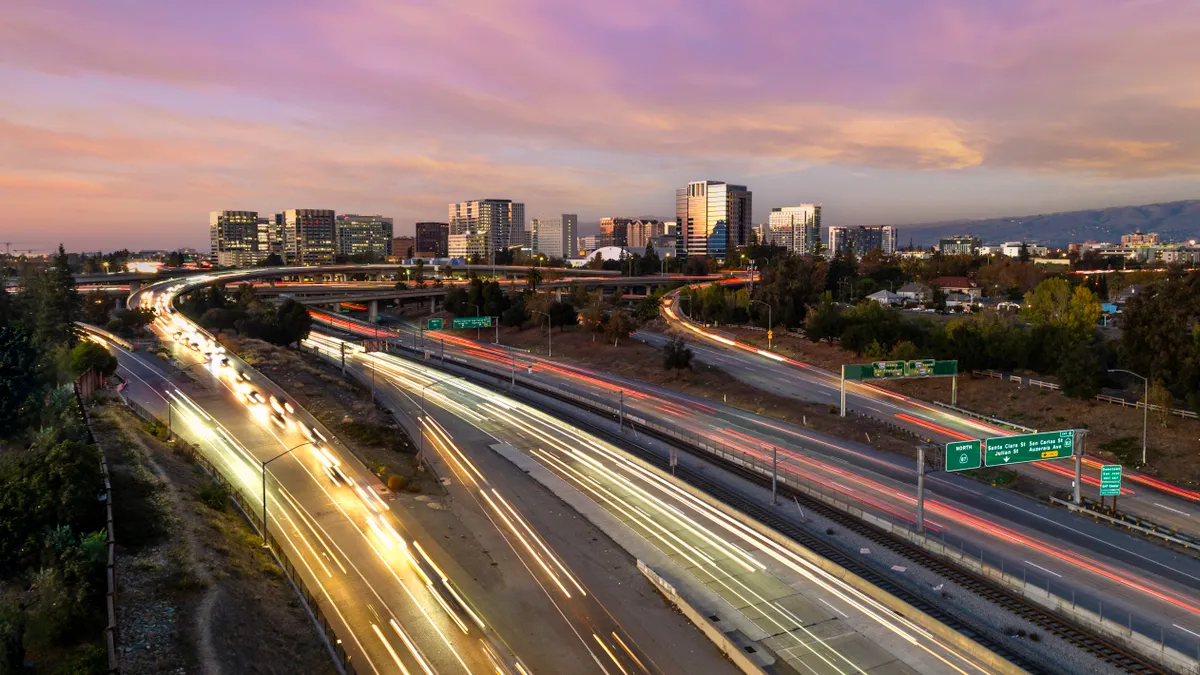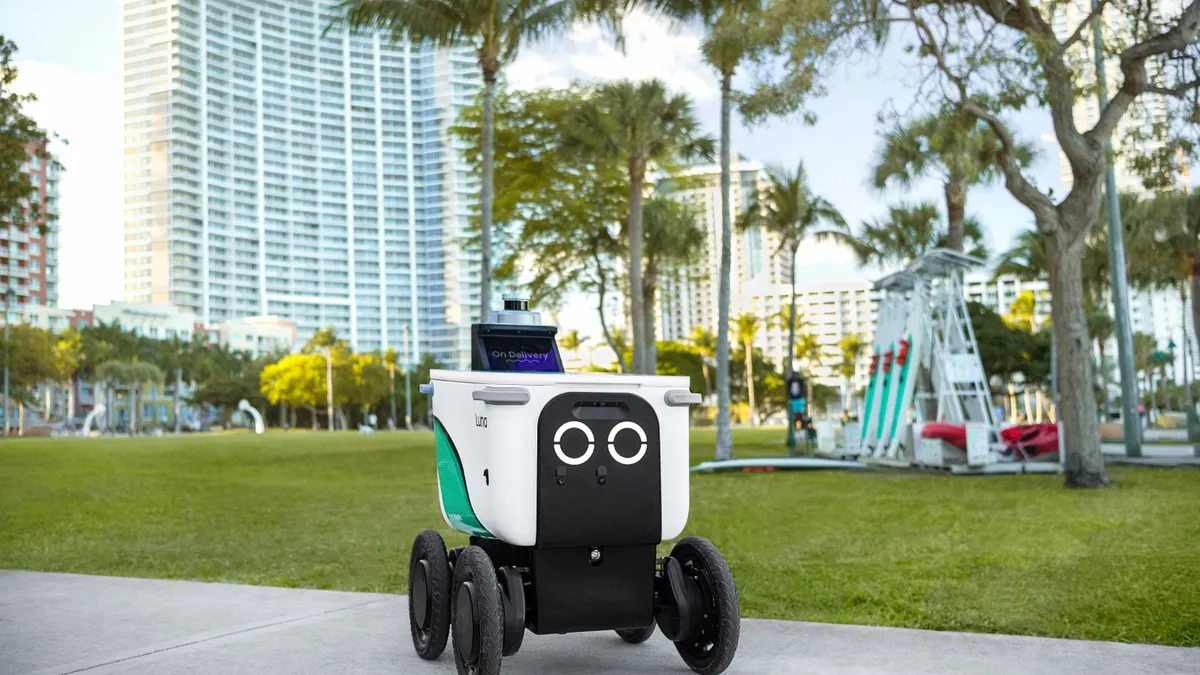From the City of St. Louis to the Commonwealth of Pennsylvania, many government leaders doubled down this week on face mask requirements amid a resurgence of COVID-19 cases. And while some leaders lean on enforcement and fines to underscore the requirements, others have tapped platforms like Twitter to understand resident concerns, complaints and willingness to comply with face-covering criteria.
In a webinar on Wednesday hosted by software company Zencity, chief leaders from the cities of Chicago and Los Angeles detailed how social media has played a role in communicating and improving face mask guidance.
"For some reason, residents feel more comfortable releasing their thoughts and opinions in the social media world. And that’s a good thing," said Derrick Brownlee, managing deputy chief information officer for the City of Chicago, on the webinar. The key, he said, lies in how cities analyze such social media posts and leverage them for constructive leadership.
Joining the conversation
The City of Los Angeles was a trailblazer in promoting face masks to mitigate the spread of COVID-19, preceding Los Angeles County and even the Centers for Disease Control and Prevention (CDC) in issuing face mask advisories. Chief Innovation Officer Amanda Daflos was a driver of this initiative, though she attributes her inspiration to efforts in Asian countries.
"Masks are part of the culture there," she said on the webinar, noting that it is socially "much more acceptable" to wear a mask in areas of Asia than in America. Those practices were "potentially one reason why [countries in Asia] were able to offset transmission" of coronavirus as quickly as they did.
Daflos said she "did a lot of homework" in researching face mask guidance, and prepared her office to issue mask advisories by early April. Resident discourse on social media quickly followed, which she said was helpful in understanding the public perception of such health guidance.
Daflos and the city worked with Zencity to analyze social media mentions of mask requirements, understand areas of confusion and prepare city communications teams with "sharp" responses.
Social media is "the kind of tool that can really help us monitor things in a pandemic that government can do something about and that we can do something about in the ways of education," Daflos said.
"The whole mask conversation is an interesting one," Brownlee said, when assessing his city's face mask guidance. "It’s turned into a political football for some people."
He went on to say that analyzing the public's response to mask advisories via social media enabled leaders in Chicago to "understand what the sentiment was in the public and identify different outreach methods on how you can more effectively inform residents of the benefits of how this was going to help."
Social media analysis was also a key in maintaining public health expectations during demonstrations against systemic racism that broke out nationally following the police killing of George Floyd in Minneapolis, Daflos said. She and her colleagues kept an eye on social media amid the protests to better understand resident priorities and craft guidance to keep the public safe from transmission as they protested.
"One really important thing was looking at all of our social [to see] how many people were talking about COVID, and the speed at which it shifted to matters of protest, matters of defunding the police, George Floyd, Black Lives Matter, and really just simply being able to understand where people’s heads were at … and where their hearts were at," she said. "Protests are really important to people and we saw that on social."
Daflos also emphasized the importance of digging deeper into social media posts to truly grasp resident demands.
“When it comes to calls for action of government ... What is the call to action? How should local leaders actually respond? To me that’s really important," she said. "It isn’t enough to just listen and do nothing.”
Other tech to prioritize
Outside of social media and data analysis, Daflos and Brownlee highlighted other technologies to adopt or improve to sustain city operations as the number of COVID-19 cases fluctuate. Brownlee said Chicago is looking to build out its online scheduling capabilities as residents seek opportunities to pay bills or access resources from home, while Daflos pointed to the need for digital contact tracing capabilities in Los Angeles — a task the city currently tackles manually.
"Contact tracing, if you don’t have it, get it. It’s critical," Brownlee said. "There’s going to be another wave, let’s just be real clear about this. The behavior is indicating as such."
Yet many cities — especially those smaller than Los Angeles and Chicago — may put the procurement of coronavirus-related tech on the back burner as they work to patch budgetary holes. For cities where this is the case, Daflos suggested exploring the tech currently being "proven" by peers, but warned "not everything is a good fit for everyone, and not every app is good."
Brownlee suggested cities stick with Software-as-a-Service (SaaS) partners as they will be cheaper and more user friendly than servers or virtual machines.
"Don’t go in the grocery store and buy everything," Brownlee said. "Get the basics of what you need, start there and then scale up."
To keep up with all of our coverage on how the new coronavirus is impacting U.S. cities, visit our daily tracker.



